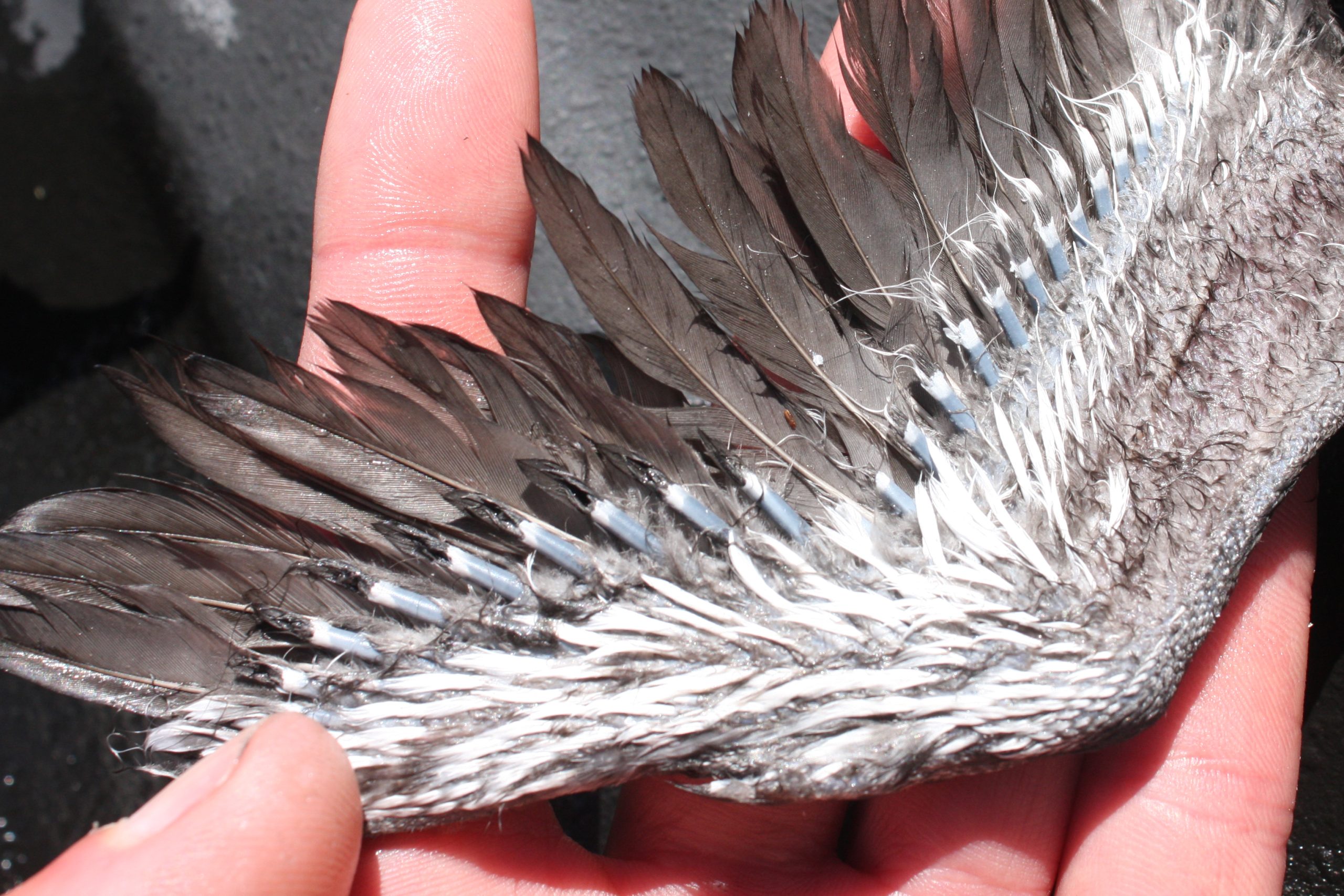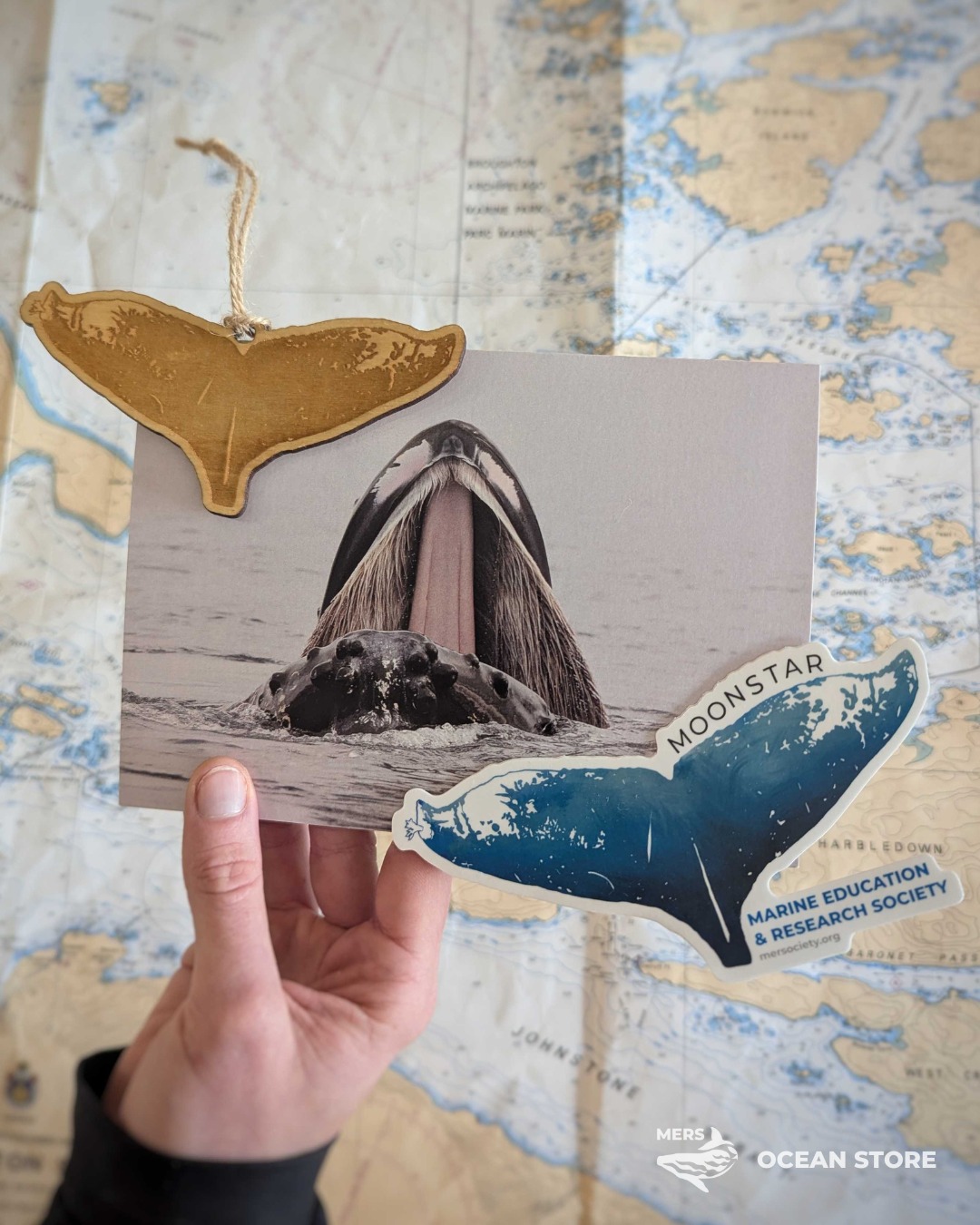Upon arrival in Weynton Pass yesterday during one of our regular marine surveys we happened upon a phenomenal amount of bird life. This is not unusual for the area during this time of year. In fact, the abundance of bait fish in the water between August and November often attracts so many birds that even rare species or unusual individuals can be spotted. Such was the case last week when the first record in the country of a blue-footed booby was confirmed in this same spot. Another notable record was this leucistic rhinoceros auklet we photographed a few years back.
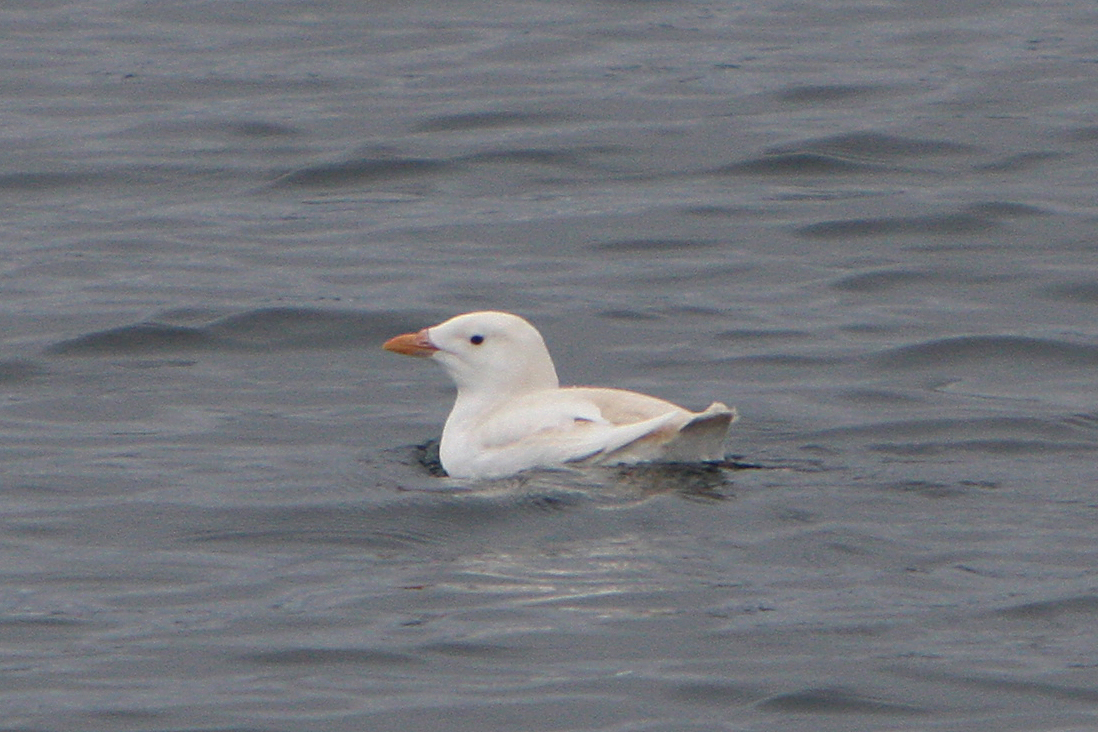
The most abundant species during this time of year however is the common murre. The majority of western Canada’s population of this species (around 3000 pairs) nests on Triangle Island each spring. When it is time for the flightless chicks to fledge in summer they hurl themselves off the cliff and into the sea where they are accompanied by their male parent. The chick is fed at sea for the ensuing weeks as its flight feathers develop and it is during this time that the adults undertake their annual moult. Over time, a significant percentage of the Triangle Island population makes its way about 100 miles south into the protected waters of eastern Queen Charlotte Strait and Weynton Pass where prey such as juvenile herring are abundant.
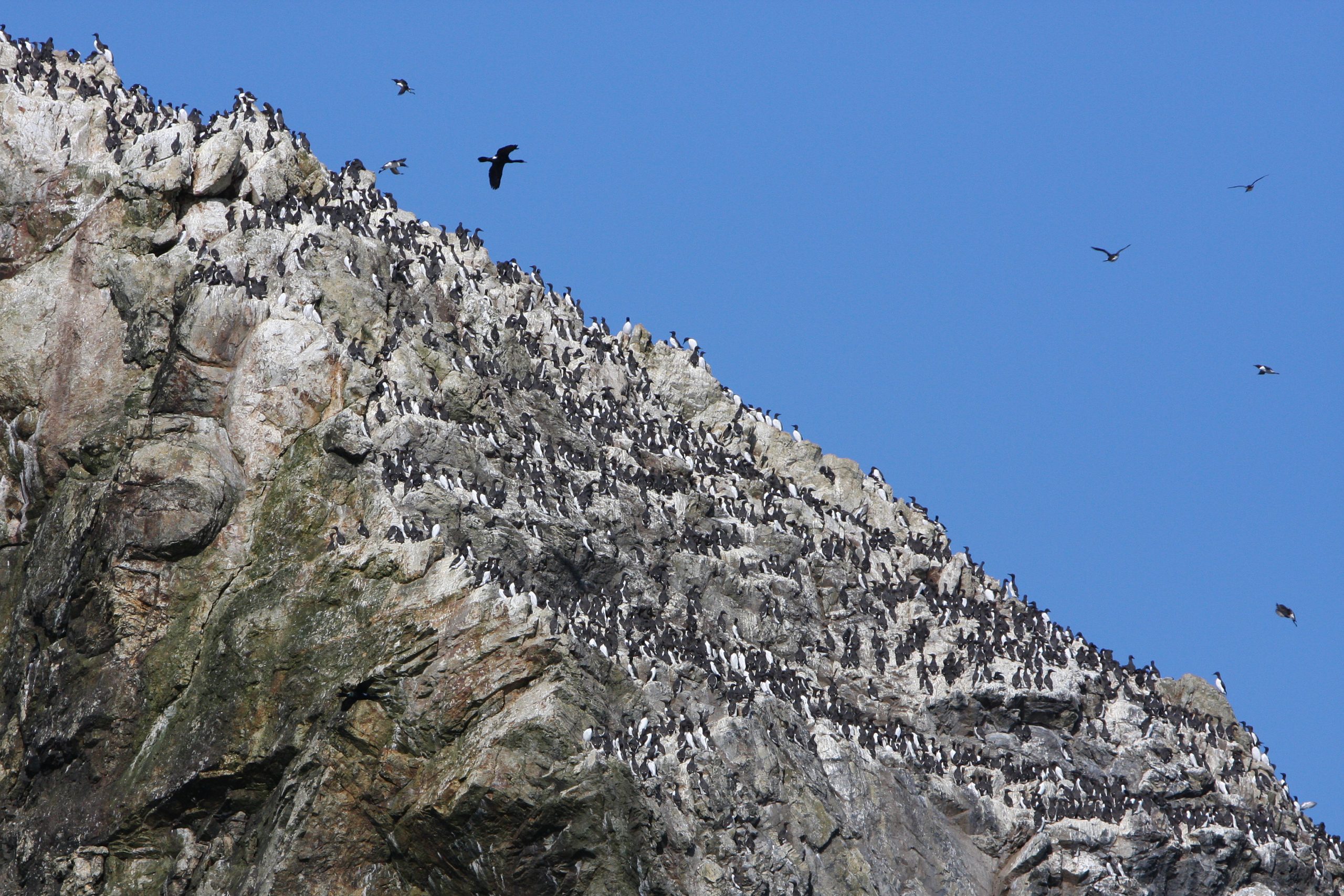
During a point count yesterday we observed 1655 common murres within approximately 1 kilometre of our research boat. Over the course of the day we saw several hundred more as well as numerous other bird, mammal and fish species. One thing that most of these species we observed have in common is that they feed on herring and many of them actually rely on common murres and other alcids to corral these fish into tight schools (bait balls) and push them to the surface so that they can be easily fed on. It is thought by some that the reduced wing area of the common murres during the moult may actually reduce drag and increase the maneuverability of these birds while under water catching and corralling everyone’s favourite prey.
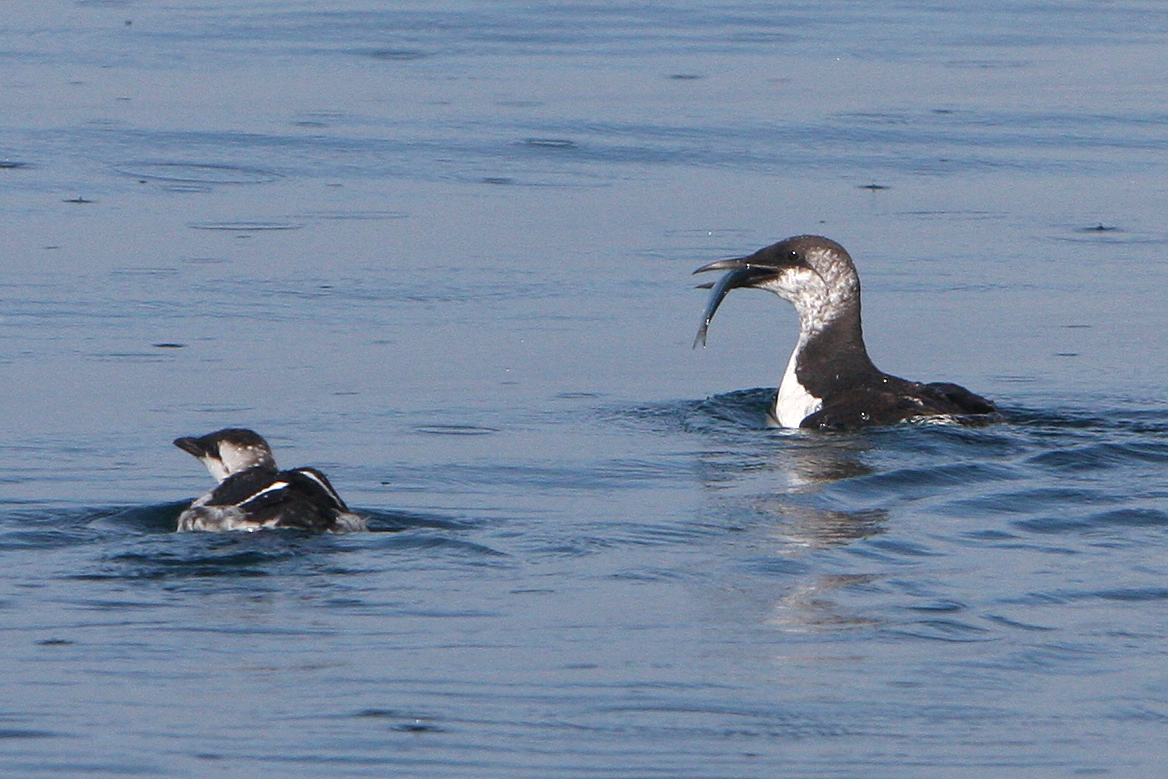
As these birds can not fly, however, they can not go far very fast and subsequently are vulnerable to even the most localized threats such as oiling in contaminant spills and entanglement in commercial salmon fishing nets. Passing Bigg’s killer whales also often take advantage of this vulnerable species during their moult. Juvenile Bigg’s in particular love toying with common murres, unable to fly and therefore unable to escape. Sometimes the birds are left unharmed after several minutes of abuse and other times the birds are drowned or beaten to death before being discarded. While the latter is not likely a significant source of mortality for this species we do intend on keeping tabs on common murre activity in this area in the future. A significant proportion of the province’s population can be found in this small area and many other species here appear to rely on their prey assembling abilities.
